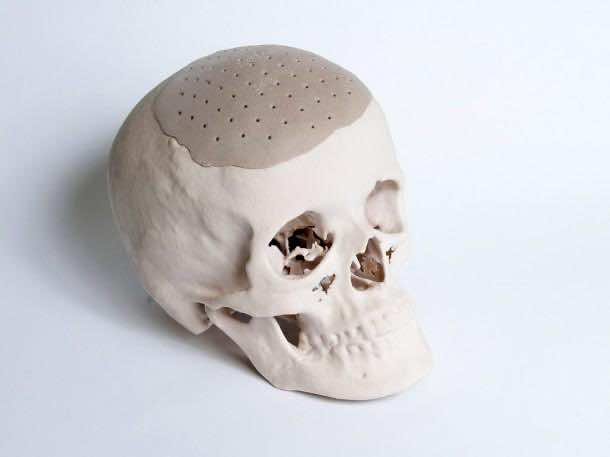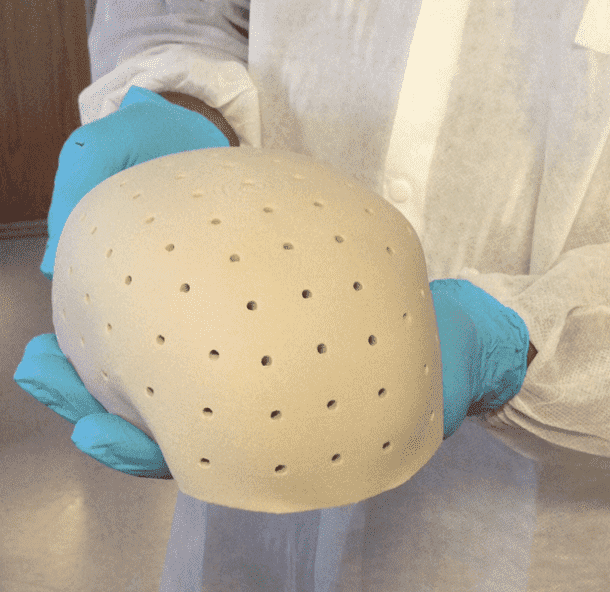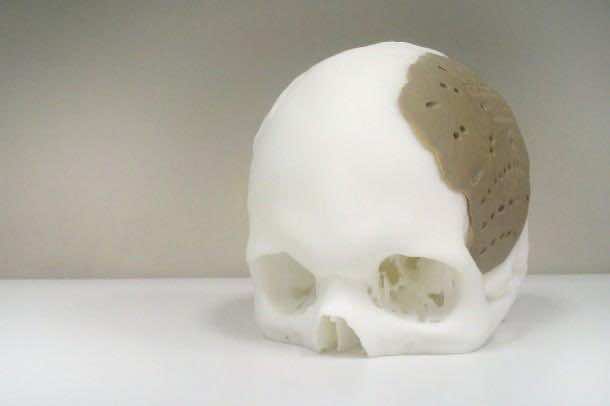Didn’t we tell you that 3D printing was going to be the next big thing? (yes, we do like to boast about it again and again). Do you know how hard it was to get a face implants before 3D printing came along? In simple words; it was almost next to impossible. However, today we stand amazed by what the Oxford Performance Materials has achieved via the OsteoFab Patient-Specific Facial Device. The gadget is a completely customizable face implant that can be used without breaking a sweat for facial reconstruction.
3D printing has made the case of fabricating complex parts a walk in the park. This feature has imparted the customizability to the face implant catering to each patient and the condition they are in. Patient’s anatomy no longer imposes any restriction and the method reduces the cost by a huge factor. The technology has also been approved by the FDA.
Scott DeFelice, CEO of Oxford Performance Materials says; ‘With the clearance of our 3D printed facial device, we now have the ability to treat these extremely complex cases in a highly effective and economical way, printing patient-specific maxillofacial implants from individualized MRI or CT digital image files from the surgeon. This is a classic example of a paradigm shift in which technology advances to meet both the patient’s needs and the cost realities of the overall healthcare system.’
The technology was first tested a year ago when a patient’s skull was replaced (75% of it) with the PEKK biomedical printed part. The PEKK polymer has the properties that are very close to human bone. DeFelice said; ‘It is our firm belief that the combination of PEKK and Additive Manufacturing (our OsteoFab technology) is a highly transformative and disruptive technology platform that will substantially impact all sectors of the orthopedic industry.’
What they’ve achieved now is a successful skull implant and the approval by FDA for face implant as well. This will enable people to change the way the look while other might exploit this technology to disguise themselves. The company is planning to move ahead and tackle other body parts as well such as the femurs, knee-caps and hips. Although, this may require some more fine tuning owing to how these areas work.


